Enjoy the simple beauty and deep inner meaning of the Japanese art of flower arranging.
When we think about floral arrangements in the West, the first image to come to mind is probably something like a Mother’s Day bouquet or a dozen roses in a vase — the bigger the better, the more elaborate the better. But looking East to the Land of the Rising Sun, there is a totally different approach to the art of flowers called “Ikebana,” characterized by a minimalist and natural aesthetic.
The practice of Ikebana began soon after Buddhism had spread to Japan from China, and it was initially a ritual to offer the flowers to the Buddha, similar to the offering of fruit and the burning of incense.
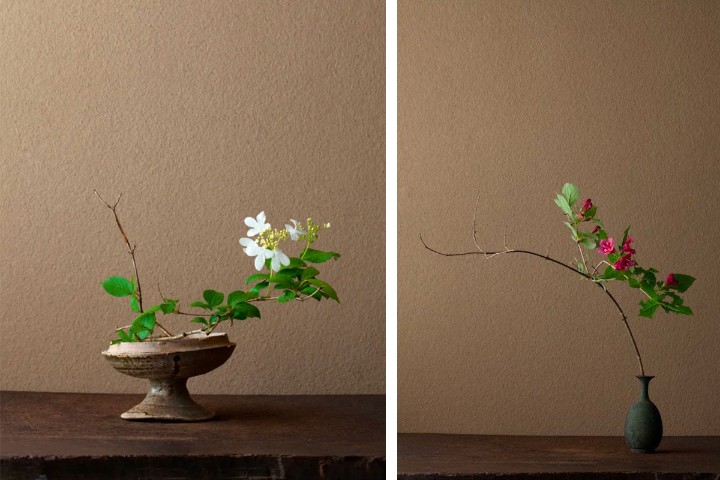
The first school of flower arranging in Japan, Ikenobo, was founded by Ono no Imoko in the early 7th century. Ono no Imoko was a former Japanese envoy to China. He later became a Buddhist priest and took up residence at the temple Rokkaku-dō, known as the birthplace of ikebana. The school of Ikenobo is still in operation today inside the temple.
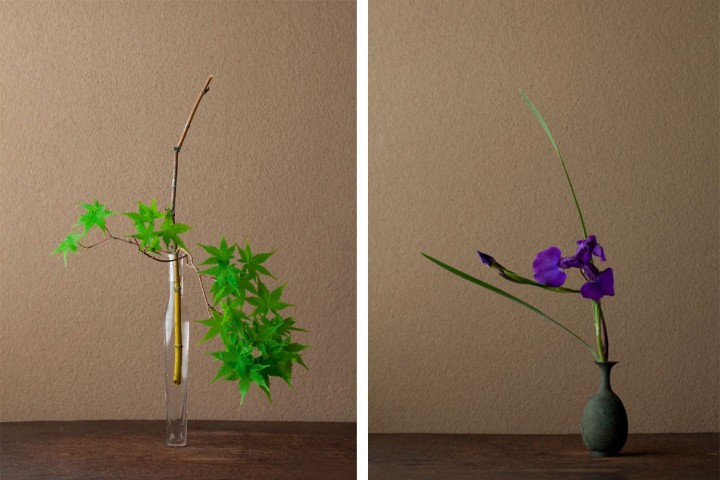
During the Kamakura period (1192 – 1333), ikebana arrangements became fashionable among wealthy Japanese. Samurai would often practice ikebana prior to combat as a way of centering their minds and elevating their state of concentration.
Toward the end of the 15th century, Shōgun Ashikaga Yoshimasa further popularized ikebana and reaffirmed its spiritual significance. He believed that offerings to the gods required special attention and began to codify the principles for these floral arrangements.
Today, centuries later, the spirit of this ancient practice endures and continues to remind us of the deeper aspects of aesthetics and balance in nature.
The Aesthetics of Ikebana
Characterized by discipline and minimalism, ikebana is a balanced, contemplative art that seeks to encapsulate the innate beauty of the natural world with a simple artistic statement.
Go too far in stripping the details of the natural piece, and the arrangement loses its vitality. If you don’t far enough, however, the energy is obscured. To achieve such a delicate balance is the ultimate expression of humankind’s harmony with Nature.
Ikebana arrangements were originally composed of three main lines of differing height together creating a three dimensional form – the tallest representing heaven, the lowest, earth, with man in the middle connecting them. It also represents past, present, and future.
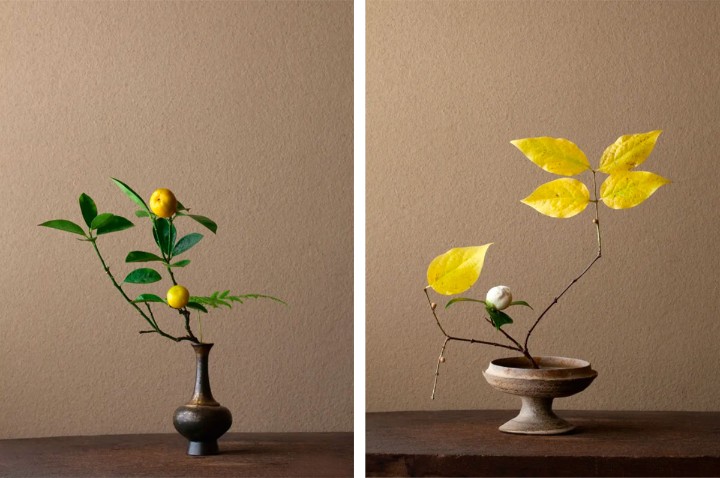
“The whole universe is contained within a single flower.” said Toshiro Kawase, one of Japan’s most influential modern ikebana practitioners. A reclusive 69-year-old artist, Kawase is best known for his project “One Day, One Flower,” which he began after Japan’s devastating earthquake and tsunami in 2011. Kawase published a new picture of one flower arrangement every day on his blog as a form of collective prayer.
From a single flower, whose beauty is brought out in a simple arrangement, we can feel the eternity of the universe as well as the fleeting nature of life.
Ikebana is more than just decorative, it is a spiritual process that helps one develop a closeness with Nature. The inner tranquility of meditation flows from removing the habitual clutter of the mind, and ikebana becomes a visual metaphor for this refined state of consciousness.
While it takes a lifetime to master, it can be easy to start and even even easier to appreciate.
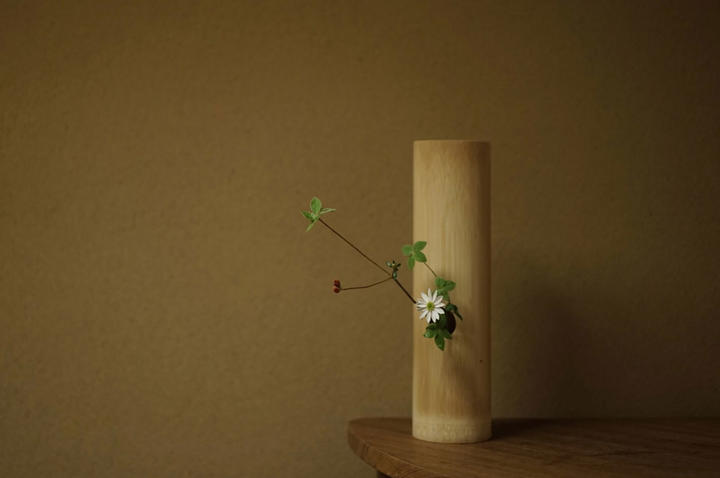
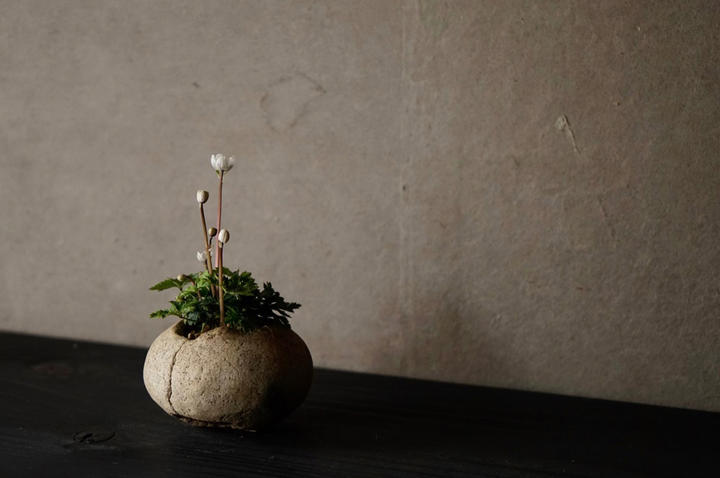
As we await the arrival of spring and the blossoming of our cities, take a few moments to enjoy this showcase of photos from three of today’s most renowned ikebana masters — Toshiro Kawase, Hirama Mario, and Hayato Nishiyama.
They are true masters who can transcend the intellect in order to let the spirit of the piece shine.

Original Website:Ikebana - See the Universe in a Single Flower - Magnifissance


 English
English  中文
中文